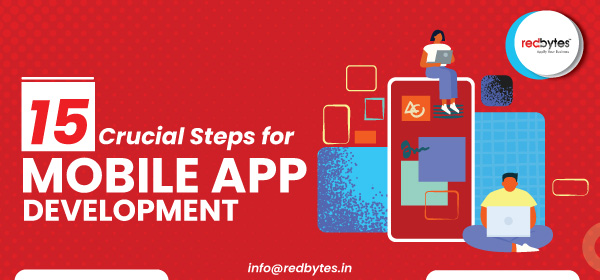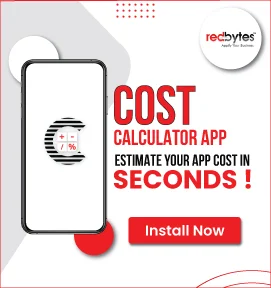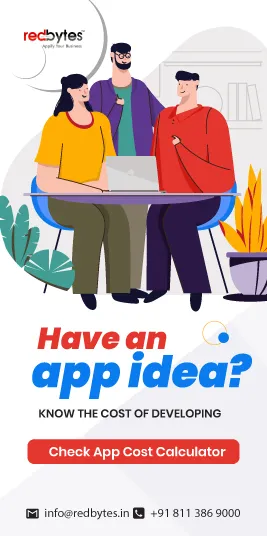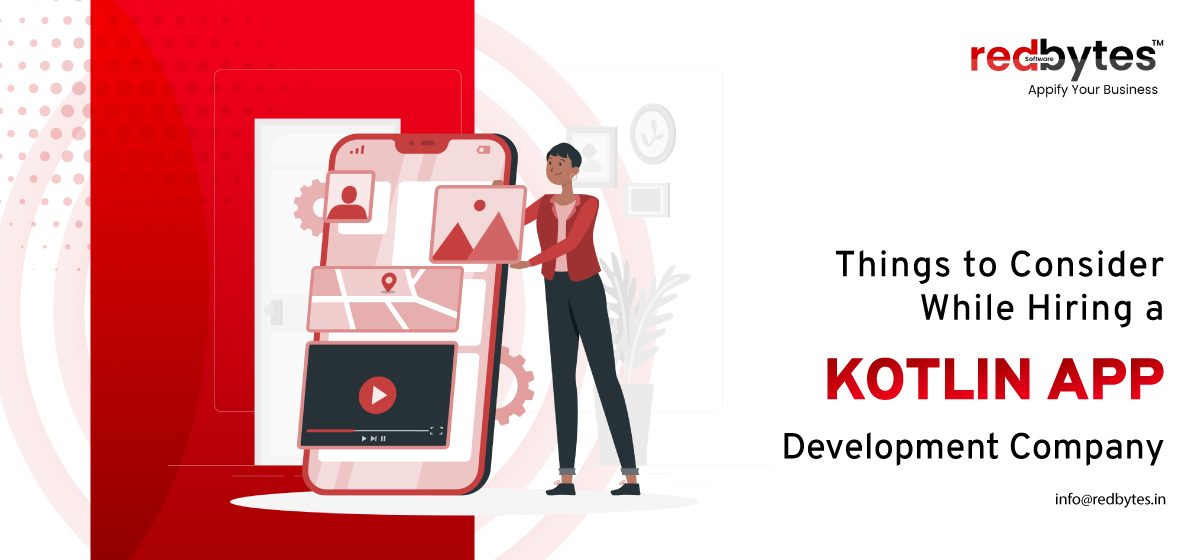The mobile app development process streams through a variety of phases from market study to development to deployment and support. It should be noted that many of these phases are often overlapping.
Here is a close look into the major steps of the development process of an app.
1. Project Proposal
Before the proposal of your project, there should be a great deal of homework done to determine the purpose and validity of your idea. This is a very difficult task requiring expertise, experience, and exposure. The right knowledge of business, audience preferences, user stories, market trends, risks etc are critical to accurately predict the success or failure of an idea. The clients could draw conclusions themselves if they have enough knowledge about the field or could approach a number of mobile app development companies with their project to get a clear picture.

There are several things that you should discuss before committing to a project like your requirements, budget, time availability etc. A lot consultation with your mobile app development company is to be made before signing the contract.
2. Sketching Your Idea
Handrawn or otherwise sketches should be created that could depict your idea roughly. This would be your inceptive step in the documentation process and it lays the foundation for future UX designing. The sketch should include the approximate features that you want to include in your final product.
3. Developing a Strategy
This step is the planning phase, which forms the backbone of the entire procedure. The process is given a compact framework and implementational directions are set. You should schedule each phase in the project by allocating time and resources. Decisions about the approach, focus, and business model are taken during strategy development.
4. Prototype Building
During wireframing, the architecture of each single page is defined. Prototypes are created using wireframing tools like Balsamiq and Visio. This serves as a neat mock-up of what you have to develop in the end, along with visualizing user interaction by various demonstrations.
5. Defining the Back-end
The backend services that could support your app by linking them to the cloud storage, backend application APIs and a lot of other features are defined in this step.
6. Testing the Prototype
Once the prototype is finished, testing should be done. You can approach your friends, colleagues, family members, and other experts that you may know, as well as attend an event or festival and meet strangers who have similar interests to test run the prototype and find any working defects or dead ends. Ask them for their honest feedback and suggestions for improvement. Based on these information, you could streamline the features and functionalities of your app before beginning to code.
7. Starting with the Initial Steps of Marketing and Collection of Maximum Feedback
Actively attending events and festivals also has another major advantage. You can meet your potential customers, publishers, and other professionals like you. If lucky, you may even get a chance for media exposure.
Marketing early will help you to improve your app’s visibility. You could start marketing by building a landing page, advertising through social media, blogging, video promotions etc. If you do not concentrate on finding your place in the market from the beginning itself, you may have to deal with a tough job later on.
8. Building the Back-end
The back-end generally handles data storage, and security. Most of the apps rely on certain features that uses back-end. Usage analytics, push notifications, extended security, communication and monetizing the app through ads are the most common examples that use a back-end service.
9. Building the Designs for Your App
Here, you are stepping on to the visual designing stage, where you actually flesh out your app. You have to fashion the different skins for your app in terms of color scheme, style, layout, fonts etc. The graphic designers’ expertise will determine the perfection of the user interface.
10. Testing the UX
Testing the UX is unavoidable because, user happiness is very important for the success of any app. For success, it is not just enough for your app to acquire customers. You should know how to keep your customers engaged and continue using your app, once you’ve acquired them. Apps that undervalue UX design, often end as a failure.
11. Continue with Development
This is where the actual coding of the app begin. The client will be frequently updated about the progress made by the mobile app development company. This is because, coding is an expensive process and efforts should be taken in order to minimize the possibility of mistakes. The tools and SDKs used will depend upon factors such as the platform for development and programmers’ skills.

During the coding phase itself, quality assurance testing will be initiated to remove all the major bugs present and avoid crashes. For e.g., testing will be done to detect issues arising due to the particular hardware, network availability or the application components itself. Testing is also done to ensure that the required specifications, feedback suggestions etc. are included.
12. Test an App
Finally, when your app is built, the next step is testing. The main purpose of testing is to validate end to end business flow. There are two ways to test your app:
• UAT testing (User Acceptance Testing): This step of testing falls on the final phase before moving on to the marketing or production of the app. It is done to clarify whether all the necessary things are added within the app
• BETA Testing: Allow the beta users to test your app either via an open solicitation for participants or enrolment of groups identified previously. Their feedback will help you figure out whether your app’s functionality operates well or not
13. App Security
Most of the app development companies now spend immense amount of money and time to protect their systems from hackers and online risks. Mobile apps are the most susceptible area in a system. Besides the lack of protection, such damages can also happen through insider targets. Therefore, it is important to identify the cyber threats at the start and implement necessary counter measures.
14. Release to the Market
Once your app development has completed, and you’re happy with the final product that you have in hand, it’s time for you to launch your app into any digital app repository of your choice, if it is not meant for in-house deployment alone. This process can be time consuming depending on the stores that you opt for your app’s release.

Regardless of the stores, it is important for your app to have interesting screenshots, description, app title, and logo so that it will catch your customers’ attention. After all, you spent all this time waiting for your app’s release and getting people to click the download button. For that, you should also continue with your marketing efforts even after the release.
15. Maintenance
You’re thoroughly mistaken if you think that your job is over, immediately after you release your app into the market. Apart from marketing help, there are other services that every app owner needs to take from the mobile app development company viz., post-launch support and optimization. Based on the user reviews that you get, you would have to optimize your app’s features and functions. You should incorporate platform updates and release newer versions, if you want to survive the competition and retain the audience base.
Conclusion
The process of making a mobile app/mobile app development process i.e, from concept to its launch undergoes many crucial steps. So it’s important for developers, organizations and project heads to understand all the stages before getting started.


















